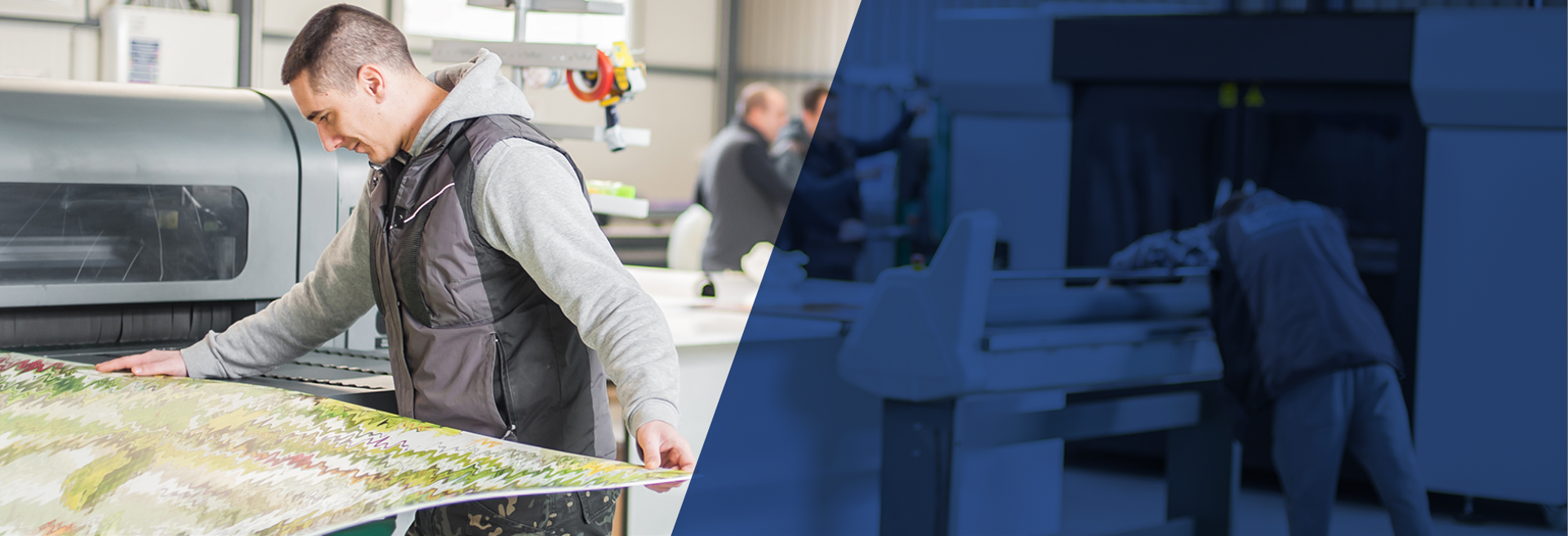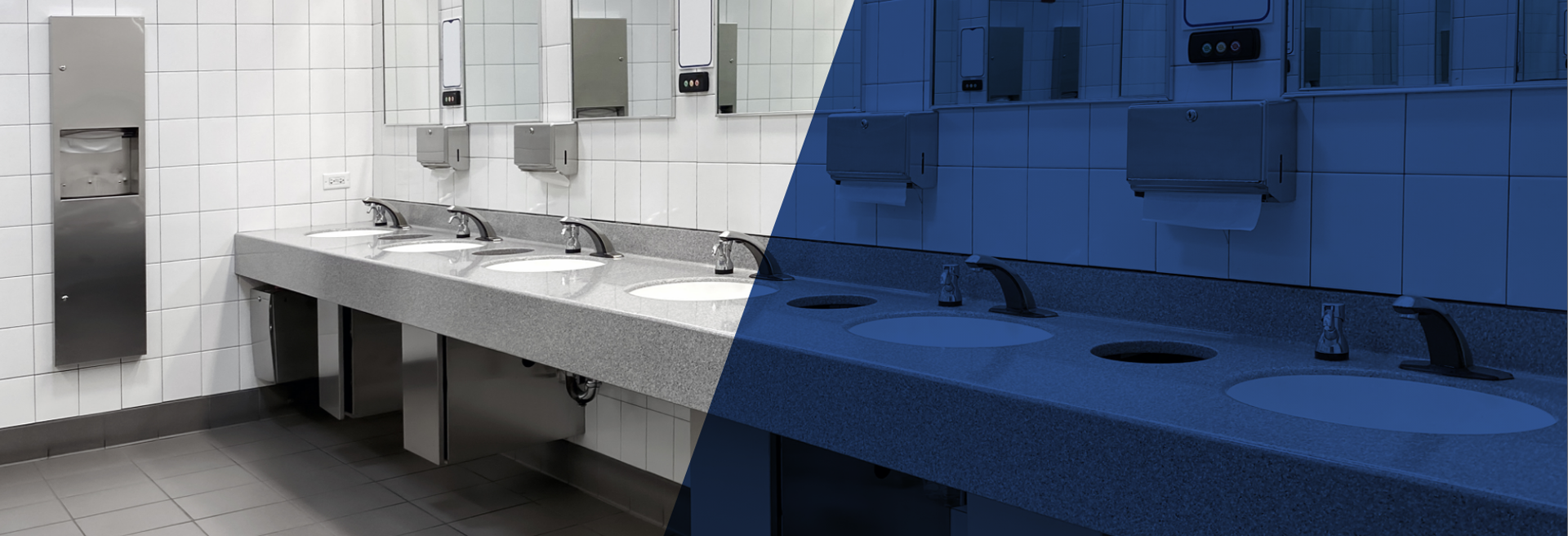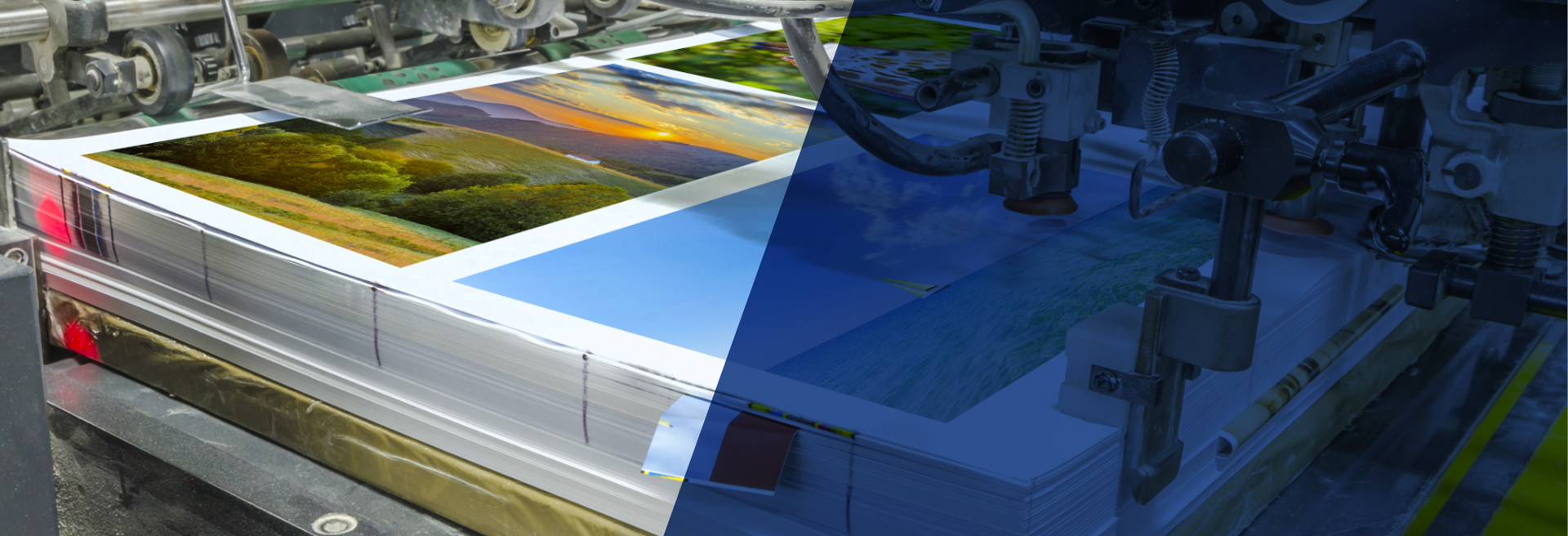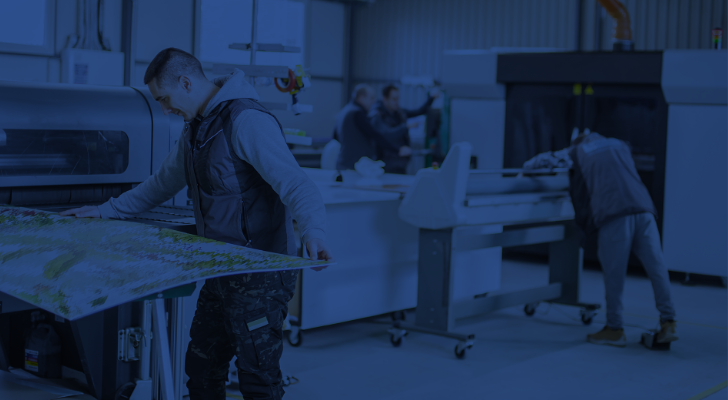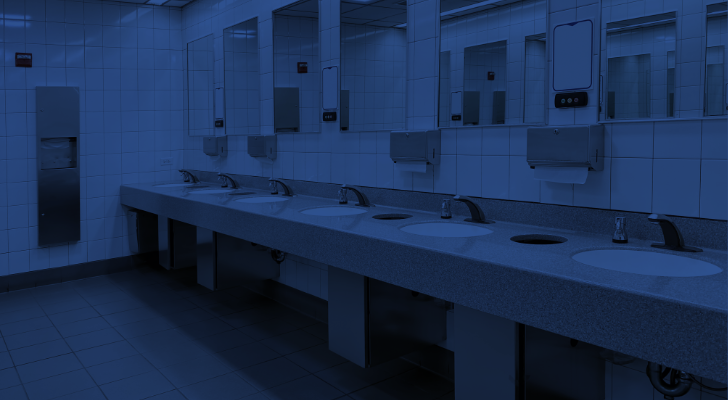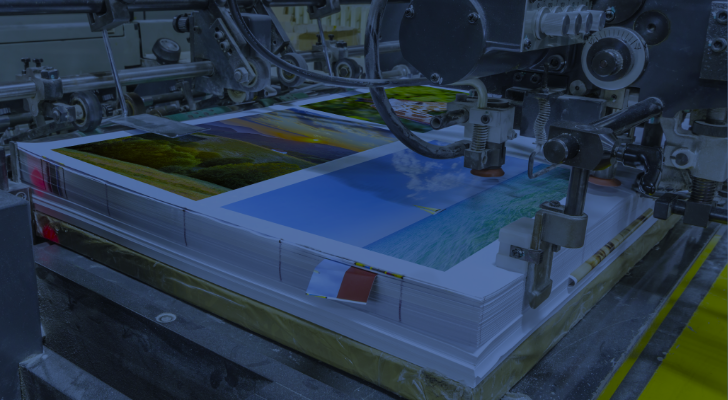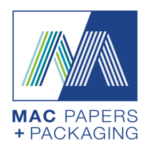Providing distribution and account services for Paper, Packaging, Wide Format, Envelopes and Facility Supplies
At Mac Papers and Packaging, we put our expertise and experience to work for your business. We are the Southeast’s premier distributor of paper, packaging, wide format, envelopes and facility supplies. Our goal is to provide products and services that help companies produce their best work and solve tough challenges. From products and equipment to consultation and maintenance, we are the most reliable company to work with and grow your business.

57 Years
Providing paper, packaging and printing supplies and services since 1965

#1 Industry Tenure
Our sales teams bring an average of 23 years’ experience to your business

33,000 SKUs
All the products you need to run your business
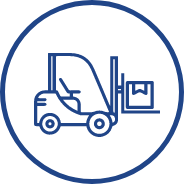
1.4 Million SQ. FT
Plenty of warehouse capacity, filled with products across 25 locations in the Southeast
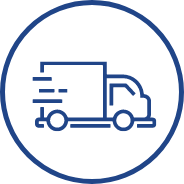
100+ TRUCKS
Our wholly-owned fleet runs daily to keep our customers stocked
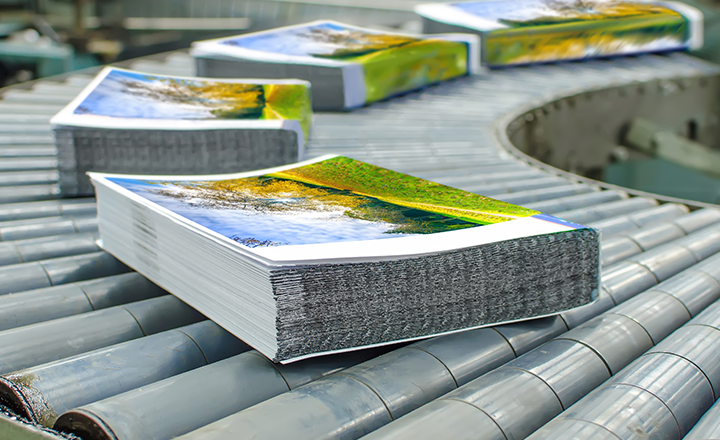
PAPER
We partner with the industry’s top mills and manufacturers to bring you a wide array of printing, digital and specialty papers. Discover our products and the brands we carry.

PAPER
We partner with the industry’s top mills and manufacturers to bring you a wide array of printing, digital and specialty papers. Discover our products and the brands we carry.
PACKAGING
Our comprehensive solutions range from packaging design and box conversion to kitting strategies and services. Learn more about how our skilled specialists can help you optimize your packaging operation and lower your cost to serve.
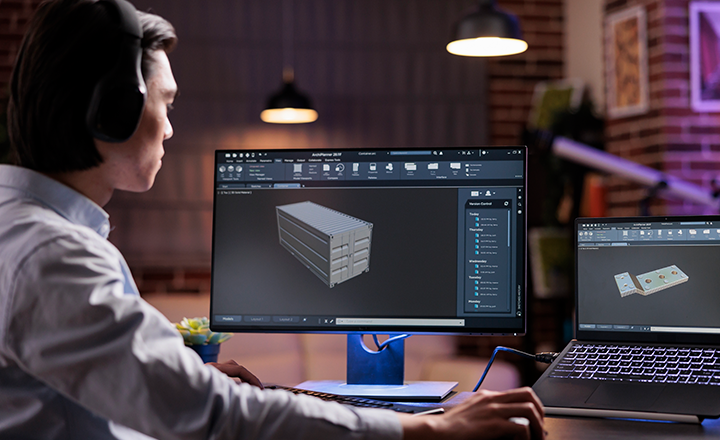

PACKAGING
Our comprehensive solutions range from packaging design and box conversion to kitting strategies and services. Learn more about how our skilled specialists can help you optimize your packaging operation and lower your cost to serve.
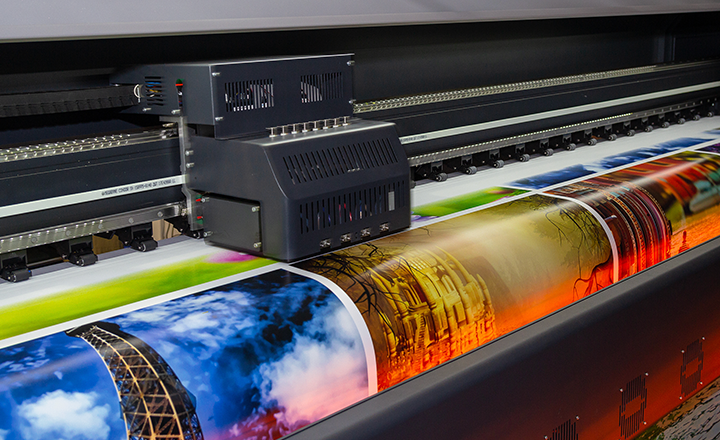
WIDE FORMAT
With deep product knowledge, technical expertise and exceptional service and support, our wide format team is here to bring your ideas to life. Explore how wide format printing can grow your business and your brand.

WIDE FORMAT
With deep product knowledge, technical expertise and exceptional service and support, our wide format team is here to bring your ideas to life. Explore how wide format printing can grow your business and your brand.
ENVELOPES
Good things come in all sorts of packages—envelopes included. Whether you need a standard size or custom option, we offer a wide selection of high-quality envelopes that can be tailored to meet any spec, for any project or purpose.


ENVELOPES
Good things come in all sorts of packages—envelopes included. Whether you need a standard size or custom option, we offer a wide selection of high-quality envelopes that can be tailored to meet any spec, for any project or purpose
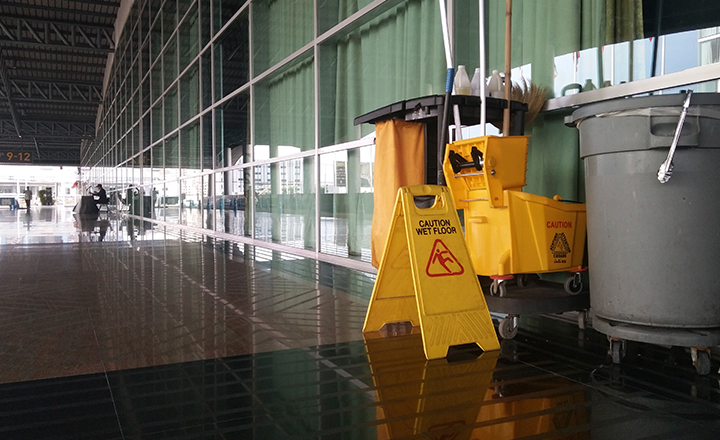
FACILITY SUPPLIES
We leverage our robust inventory and strong supply network to deliver everything from towel and tissue systems to food service and safety supplies. Learn more about our approach to facility solutions and how we can streamline processes, reduce costs and increase efficiency.

FACILITY SUPPLIES
We leverage our robust inventory and strong supply network to deliver everything from towel and tissue systems to foodservice and safety supplies. Learn more about our approach to facility solutions and how we can streamline processes, reduce costs and increase efficiency.
Mac Papers + Packaging Locations
Alabama
Florida
Jacksonville
Jacksonville (Envelope Converters)
Miami
Miami Lakes
Orlando
Tallahassee
Tampa
Georgia
Paper, Packaging, Wide Format, Envelopes & Facility Supplies FAQs
What industries does Mac Papers and Packaging serve?
We serve small, medium and large businesses across a range of industries. Our paper, packaging, wide format, envelopes and facility supplies customers include commercial printers, sign and graphics shops, grocery, convenience and retail stores, corporate offices and more.
What regions do you serve?
With 23 locations across the southeastern United States, we serve customers from our locations in Alabama, North Carolina, Florida, Georgia, Tennessee and Louisiana. We also establish national accounts with organizations of all sizes and industries around the country. Learn more about our Mac Papers and Packaging locations.
What brands do you carry?
We source our products from the best in the paper, packaging and printing business, including Mohawk, Neenah, International Paper, WestRock, Sealed Air, IPG, Pregis, Roland, Epson, Mimaki and many more. For a full list of brands and products, visit our online catalog.
I want to get in touch with customer service. How do I reach them?
We stand by our products, and will stop at nothing to ensure you’re fully satisfied with your purchase. If you have a question or concern, don’t hesitate to reach out.
Do you provide training and equipment support?
Whether you’re buying a wide format printer, cutter or laminating unit, we’ll make sure your team feels confident operating your equipment once it’s been installed. We also offer in-person and virtual support when you need to troubleshoot an issue.
How can I make an online purchase?
Our self-service customer portal makes it easy to shop, find pricing and product information and much more. EZ Mac Connect offers streamlined search options, tools and shortcuts to help you save time and increase productivity. You can view our catalog here and request access to our EZ Mac Connect portal by filling out this quick form. A representative will reach out to assist with your paper, packaging, wide format, envelopes, or facility supplies.
Where can I find Mac Papers and Packaging products?
We offer an assortment of premium products without the premium price tag. With our exclusive line of paper, packaging and wide format products, you can:
Get in Touch Today!
Count on the benefits that come from our commitment to providing exceptional local management, inventory and sales expertise.
Products
Paper
Packaging
Wide Format
Envelopes
Facility Supplies
Resources
Order Online
View Catalog
Pay My Bill
Careers
Company
About Us
Environment
Blog
Contact Us
Follow Us!
© 2023 Mac Papers, LLC All Rights Reserved. | Privacy Policy | Terms and Conditions
Get In Touch Today!
Count on the benefits that come from our commitment to providing exceptional local management, inventory and sales expertise.


